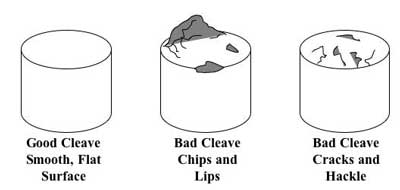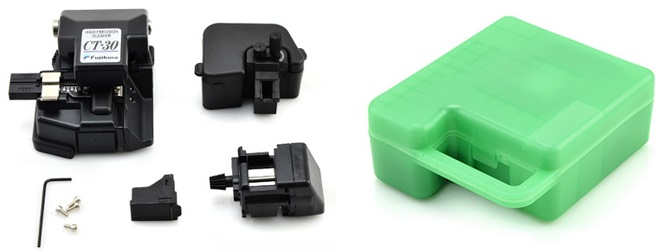Nowadays, billions of file cabinets and mountains of papers stored in computers need to be transmitted at high speed with great efficiency. Computer networking technologies are key to meet this demand, allowing computers on the internet to send and receive information easily. This article will introduce the network technology: Ethernet which is widely used nowadays.
Ethernet is a family of computer networking technologies for local area networks (LANs) and metropolitan area networks (MANs), connecting more than 85 percent of the world’s LAN connected PCs and workstations. It is a link layer protocol in the TCP/IP stack, describing how networked devices transmit data on the same network segment and how to put data out on the network connection. Ethernet was commercially released in 1980 and first standardized in 1983 as IEEE 802.3. Its standards have been updated to embrace new media, higher transmission speeds and changes in frame content such as the new standard 802.3af defining Power Over Ethernet [POE] crucial to most Wi-Fi and IP telephony deployments.

Ethernet was initially designed to run over coaxial cables but has been updated to used for twisted pair cables and fibre optical fibres over years. The most commonly installed Ethernet systems are called 100 BASE-T (the “BASE-T” part means the systems use twisted-pair cabling) which provides transmission speeds up to 100Mbps. It is typically used for LAN backbone systems, supporting workstations with 10BASE-T cards. Another widely used one is Gigabit Ethernet which is primarily carried on optical fibre with very short distances possible on copper media. It provides an even higher level of backbone support at 1000 Mbps or 1 Gbps. With the increasing of data transfer rates, the standards: 10 Gigabit Ethernet and 100 Gigabit Ethernet are available. Their data rates reached up to 10 gigabits per second and even 100 gigabits per second respectively, making them be good solutions to deliver high bandwidth in LANs.

100GBASE-LR4 CFP2 Optical Transceiver Module
It is concluded that Ethernet has evolved to provide excellent performance and network intelligence. As Ethernet data transfer rates are excepted to be increased to 400 Gbit/s by early 2017, Ethernet will be the most potential network technology in the future for its high-speed data transmission.
Fiberstore offers a wide range of products for 10GbE or 100 GbE applications such as the new product: 100GBASE-LR4 CFP2 Optical Transceiver module. The optical transceiver offers smaller size and lower power consumption for data centre networking, enterprise core aggregation, and service provider transport applications. For more information, please visit www.fs.com.







